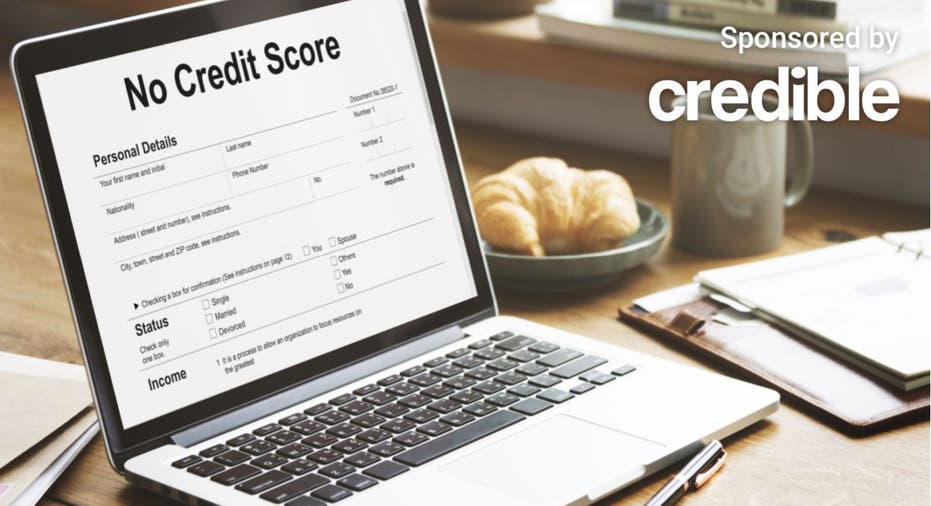


Many students rely on loans to pay for college. Here’s how to get a student loan without credit or a cosigner. (Shutterstock)
Building a healthy credit history can take years of dedication and managing finances well — something that the typical college student may not have under their belt.
Since the average student enters college in their late teens, they don’t usually have a credit score or significant financial history yet. Depending on the type of loan, it’s still possible for them to borrow money for their education.
Here’s how to take out a student loan without a cosigner or credit check and how to get the educational funding you need if you have a limited credit history.
You may also consider taking out a private student loan. Credible lets you compare private student loan rates from multiple lenders, all in one place.
The very first step for any college-age student in need of funding is to complete the Free Application for Federal Student Aid, or FAFSA. This is a form you complete each year that your school and the U.S. Department of Education will use to determine how much funding you’re eligible for — based on factors like your family’s income and school expenses — and which type of student loans you can take out.
If you’re looking to take out student loans without a credit score or strong credit history, you’ll probably be turning to federal loans. The FAFSA is a mandatory first step toward federal student loan eligibility and access, so it’s important to complete this form as soon as possible.
Either students or parents can fill out the FAFSA. You’ll need to provide certain personal and household information, such as:
To learn more about the FAFSA and begin the process, visit the StudentAid.gov website.
Once your FAFSA is received and processed, each school you included in the form will send you an eligibility and financial aid letter once you’ve been accepted to that institution. This letter will tell you which federal loans you’re eligible for, any other financial aid you can receive, and will give you an idea of your shortfall.
Federal and private student loans work very differently, so it’s important to exhaust all the federal student loan options available to you first and foremost, before taking out any private student loans to pay for college.
Federal student loans offer the following benefits:
The government will pay any accrued interest on subsidized federal loans while you’re still enrolled in school and during your grace period, so these are the first loans you should accept. You’ll pay the interest that accrues on unsubsidized federal loans while you’re in school. But since these aren’t credit-based loans, they should be your next choice if you have no credit.
If you need to take out private student loans, visit Credible to compare private student loan rates from various lenders in minutes.
Once you’ve exhausted all your federal student loan options, accepted any scholarships or grants offered to you, and drawn from any educational savings, it may be time to consider private student loans to cover the rest.
Private loan servicers can be any number of financial institutions, such as banks, credit unions, or online lenders. These lenders set their own requirements regarding credit eligibility, borrowing limits, and interest rates, so it’s important to compare them carefully before you apply.
You’ll want to consider each private lender’s:
In most cases, if you have no credit, bad credit, or little to no income, you won’t be able to take out a private student loan without a cosigner. This cosigner — which can be a parent, grandparent, sibling, spouse, or other willing adult — signs on to your loan and agrees to repay it if you aren’t able to.
Paying for college is a pricey venture, often requiring the help of federal and private student loans. Knowing how to take out student loans is one step in that process, but understanding your options and limitations if you have no credit is another. Thankfully, many options are available to student borrowers (and their parents) with limited credit scores — you just need to know where to look.
With Credible, you can compare private student loan rates without affecting your credit.
